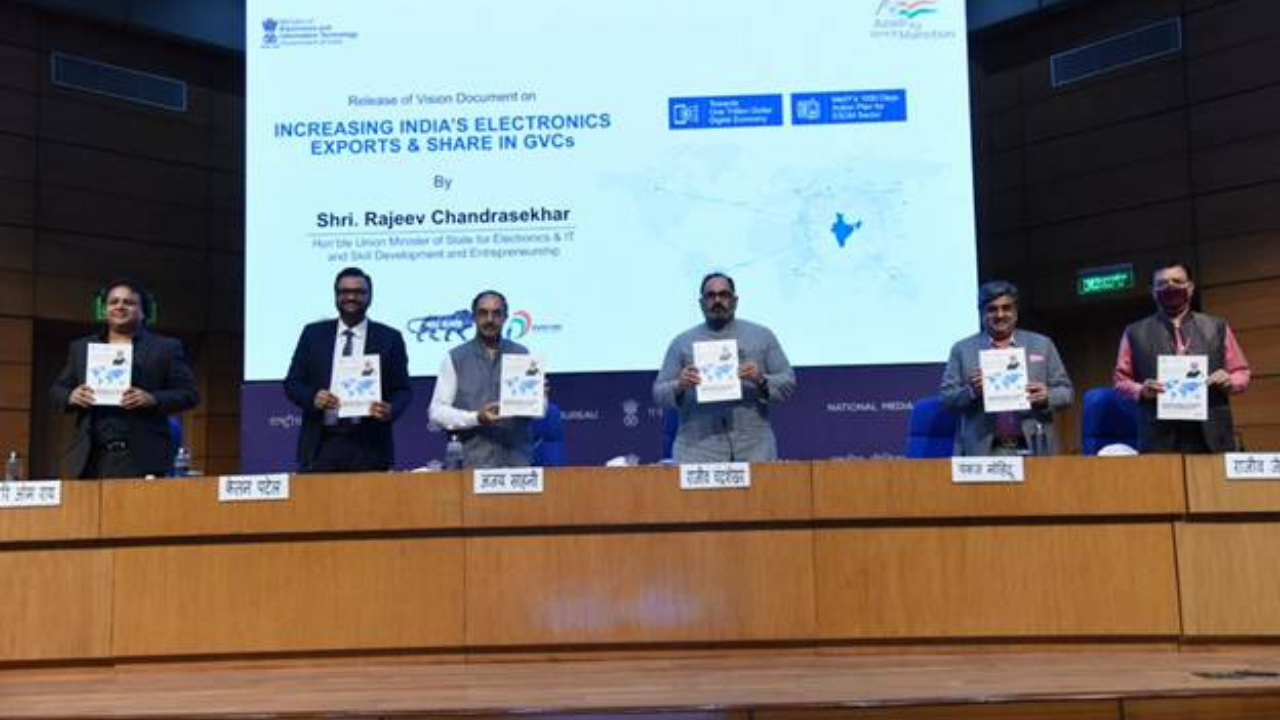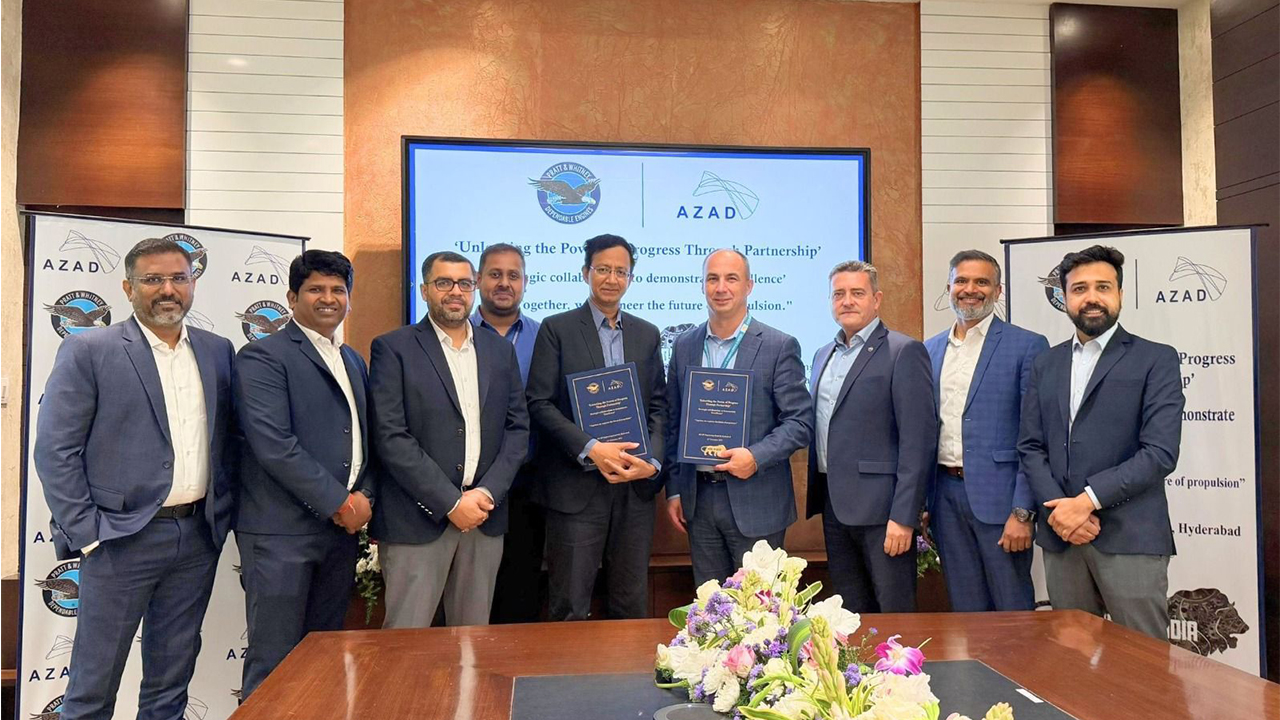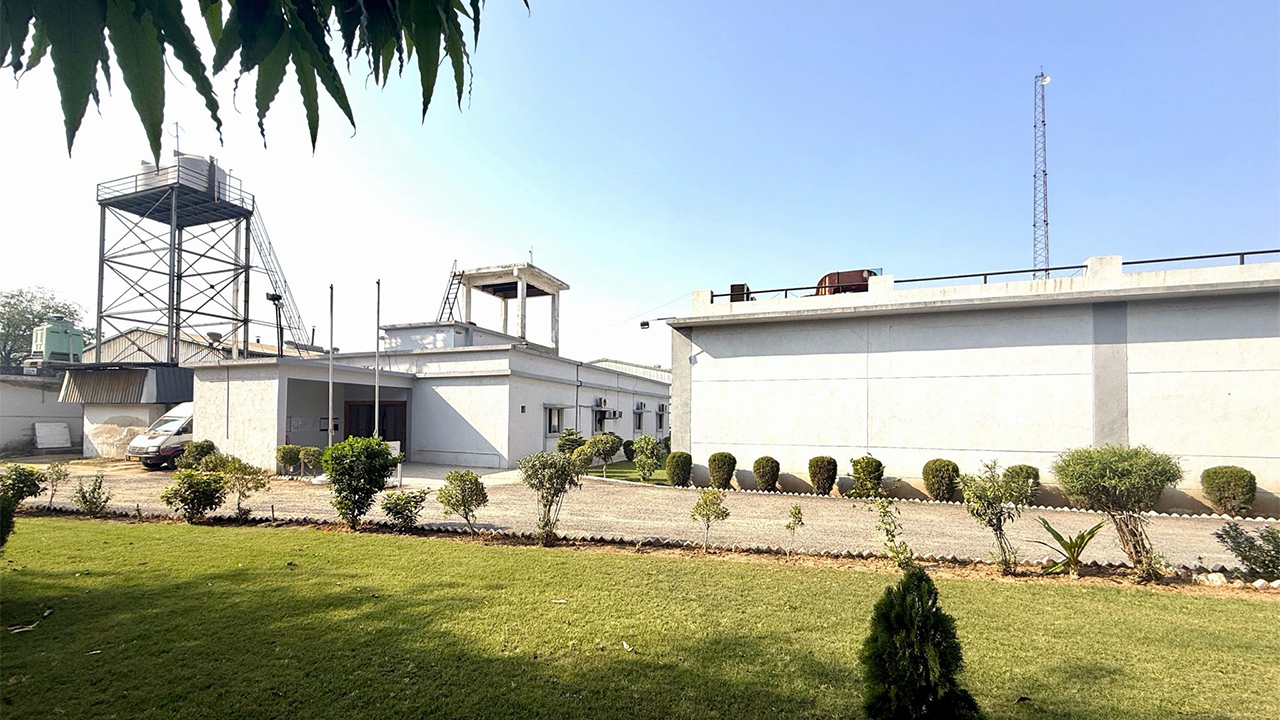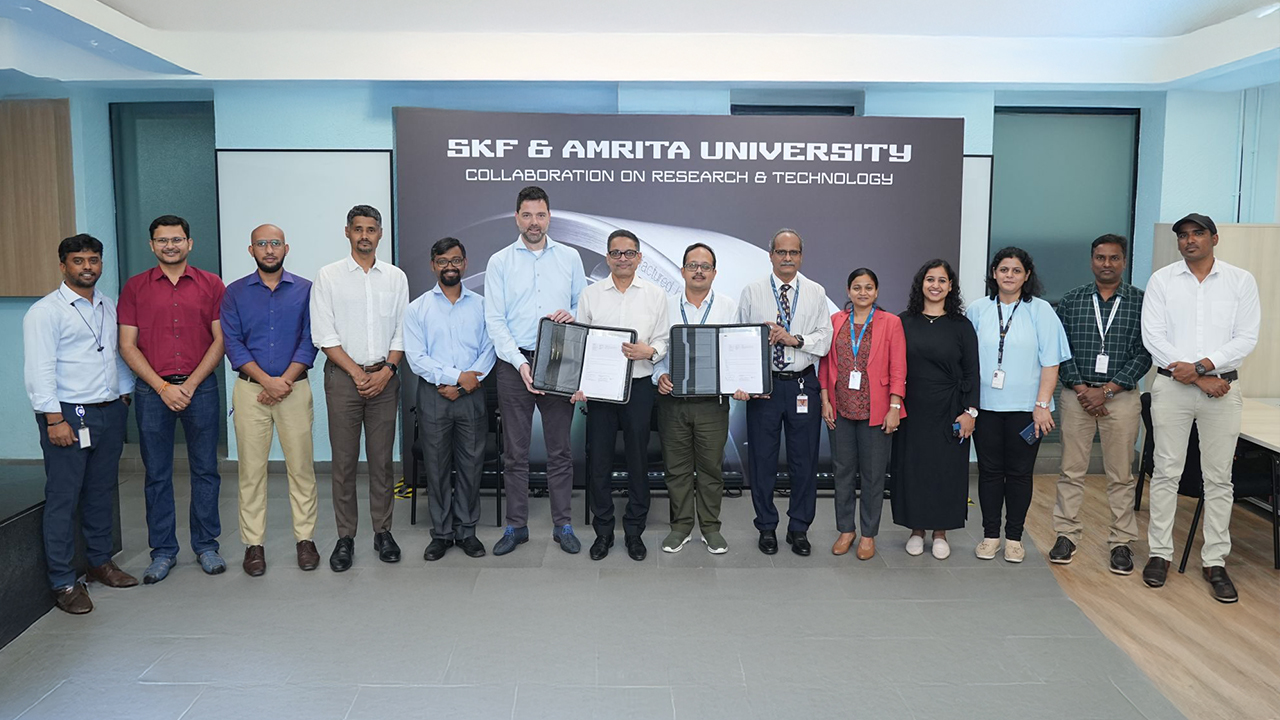Indian Electronics to be $300 billion industry by 2025
#Electronics #Exports #ElectronicsExports #LocalGoesGlobalVision Document (Volume-I) on “Increasing India’s Electronics Exports and Share in GVCs” released by MeiTY

November 2021: Inspired by the Prime Minister’s vision to increase exports and India’s share in global supply chains “Local Goes Global”, the Ministry of Electronics & Information Technology has released Volume-I of Vision Document on “Increasing India’s Electronics Exports and Share in GVCs”. This comes as a part of MeiTY’s Vision 1000 Days that sets a target of achieving $1 Trillion Digital Economy for Aatmanirbhar Bharat.
The Vision document (Volume-I) focuses on the opportunities and key inputs to increase India’s share in the Global Value Chain and build large-scale manufacturing capabilities to achieve a substantial share in global electronics export. It has been prepared by Indian Cellular Electronics Association (ICEA) in consultation with the industry. The Vision Document is a call to action which analyses the challenges and outlines key success factors for increasing electronics exports, while benchmarking against competing nations. It makes recommendations to increase scale, competitiveness and domestic value addition over the next 1000 days.
Rajeev Chandrasekhar, Minister of State, Ministry of Electronics &IT and Skill Development & Entrepreneurship released the vision document titled ‘Increasing India’s Electronics Exports and Share in GVCs – towards Aatmanirbhar Bharat’.
Addressing the event and speaking about the transformation of electronics manufacturing space after pandemic, Rajeev Chandrasekhar said that post Covid world represents coming together of many things/elements including the renewed confidence under visionary leadership of Prime Minister Narendra Modi, policy making, investments, jobs and a strong preference for trust in Global Value Chains. These together present an unprecedented - never before opportunity for India in Electronics Sector. He further said that the industry needs to focus on expanding product categories which can serve new markets and new types of consumers. We are in a world where hardware plays a lesser role in innovation and software plays more significant role. In this scenario India has the ability to use its strength in electronics design, systems design along with electronics manufacturing.
Commenting on collaboration with industry in realizing the vision, Rajeev Chandrasekhar said that we will approach the industry as a partner and will fully support it in its efforts to increase the overall competitiveness of the economy.
The push for the ESDM sector is preceded by India emerging as the second largest manufacturer of Mobile handsets in the world in volume terms, producing 30 crore handsets (2020-21) as against six crore handsets in 2014-15. Over 200 units are manufacturing cellular mobile phones and parts in the country which is up from only 2 units in 2014. Production of mobile handsets has grown from Rs.19,000 crore in 2014-15 to Rs.2,20,000 crore in 2020-21. This has given a significant boost to the sector and to the vision of achieving self-reliance under the Aatmanirbhar Bharat.
The Vision Document is the first of a two-part series. The second volume will present product-wise strategies and forecasts as part of the campaign to build a US$1 trillion Digital Economy, in pursuit of reachingUS$5 trillion GDP. The Vision Document makes recommendations on short-term (1-4 years) and long-term (5-10 years) strategies to increase electronics exports from India, shift of electronics manufacturing ecosystem investments, and expand exports by increasing competitiveness and scale. The Document critically analyses the impact of tariffs on inputs on India’s competitiveness, and makes specific recommendations in view of the goals set by the Prime Minister. The Vision Document also emphasises on the strategies to build Domestic Champions and the need for linking their products with Lead Firms and GVCs. It seeks to protect Domestic Champions from unfair trade practices, while requesting policy support in the areas of financing and design development. It identifies key electronic products, namely mobile phones, IT hardware, hearables / wearables etc, which provide the highest potential for exports, in view of massive global demand for these products.
NEWSLETTER
TRENDING ON PRO MFG
MORE FROM THE SECTION









